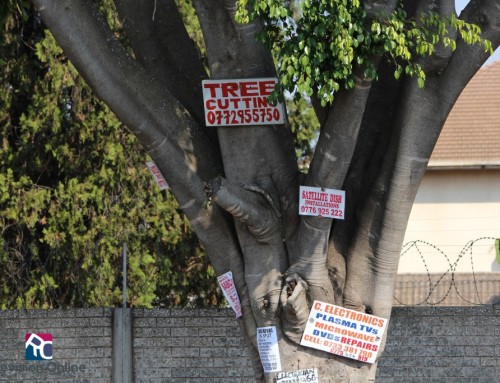
Human respiratory system. Image credit anatrik.org
ZIMSEC O Level Combined Science Notes: The respiratory system and gaseous exchange
- The respiratory system is responsible for gaseous exchange and breathing so that oxygen is taken into the body and carbon dioxide is released from the body.
- Mammals including humans need oxygen in order to live.
- The oxygen is taken into cells and combined with glucose resulting in the production of energy in a process called respiration.
- The human respiratory system is made up of the lungs and other organs found in the head and chest.
- The system is responsible of getting air in and out of the lungs.
- During inhaling the intercostal muscles contract thus lifting the ribs.
- The volume of the chest cavity increases thus resulting in reduced pressure inside the cavity.
- Atmospheric pressure forces air into the lungs.
- During exhaling the intercostal muscles muscles relax allowing the ribs to fall back into place.
- The volume within the chest cavity decreases resulting in increased pressure.
- As pressure will be now higher inside the cavity air is forced out of the lungs.
- When air is breathed in, it enters through the nasal passages.
- It is warmed, moisturized by the mucus and filtered by tiny hairs.
- It then moves down into the larynx also known as the voice box (the organ that makes the sound when humans speak).
- The air passes down through the trachea/wind pipe which branches into 2 smaller tubes called bronchi.
- All the tubes are lined with tiny hairs and a fluid (mucus) to trap germs and other foreign particles in the air.
- he bronchi later branches into smaller and smaller tubes called bronchioles until the tubes end at microscopic air sacs.
- These microscopic air sacs are known as alveoli.
- There are millions of alveoli in each lung which make up large surface area so that oxygen can easily be absorbed.
- Around each alveolus are many microscopic capillaries (blood vessels).
- While the air is in the lungs its compositions changes as gaseous exchange takes place.
- Gaseous exchange takes place in the alveoli.
- Gaseous exchange-as exchange is the delivery of oxygen from the lungs to the bloodstream, and the elimination of carbon dioxide from the bloodstream to the lungs.
- It occurs in the lungs between the alveoli and a network of tiny blood vessels called capillaries, which are located in the walls of the alveoli
To access more topics go to the Combined Science Notes page.



